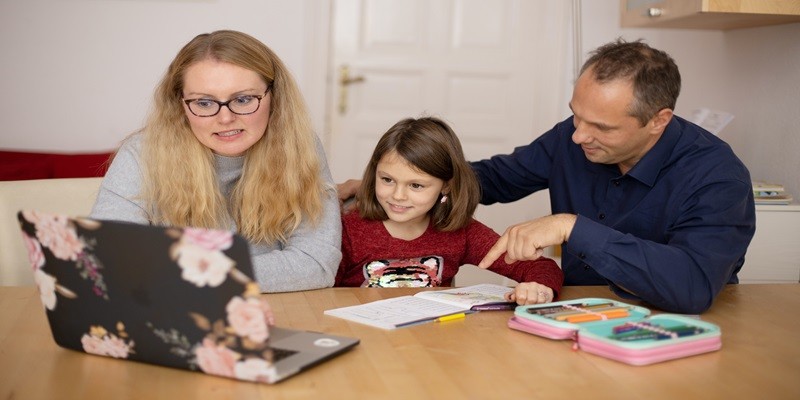Last Updated on January 15, 2025
In the digital age, technology has become an integral part of children’s education. As parents, navigating this landscape can be daunting, yet it presents an opportunity to enhance your child’s learning experience. Understanding and utilizing educational technology (EdTech) tools can significantly impact your child’s academic development. This article provides practical EdTech tips for tech-savvy parenting, ensuring your child benefits from these advancements without being overwhelmed.
The Role of Technology in Modern Education
Technology’s role in modern education extends far beyond mere engagement; it’s a transformative force reshaping how knowledge is conveyed and absorbed. EdTech tools offer diverse learning methods, accommodating various styles and needs. For parents, this means recognizing and harnessing these digital resources to enrich their child’s education. It’s crucial, however, to balance this with traditional learning approaches. Properly integrated, technology can make education more interactive, personalized, and accessible, opening doors to a broader spectrum of information and ways of learning. The challenge and opportunity lie in utilizing these tools effectively, ensuring they complement rather than dominate the educational experience.
Creating a Conducive Learning Environment
One of the first steps in tech-savvy parenting is to create a conducive learning environment at home. This doesn’t mean having the latest gadgets but ensuring there’s a quiet, comfortable space for your child to focus. Encourage a routine where technology is used as a tool for learning rather than distraction. This involves setting boundaries on screen time and being aware of the content your child is exposed to.
Selecting the Right EdTech Tools
Not all educational tools are created equal. It’s crucial to select apps and programs that are age-appropriate, engaging, and align with your child’s educational needs. Look for tools that have been vetted by educational professionals and have positive reviews from other parents and educators. Remember, the goal is to complement your child’s learning, not to overwhelm them with excessive digital stimulation.
Encouraging Interactive Learning
Interactive learning can significantly enhance your child’s educational experience. Tools that promote active participation, such as educational games and simulations, can be more effective than passive learning methods. These interactive platforms not only make learning fun but also help develop critical thinking and problem-solving skills.
For example, PenguinSmart’s digital online speech and language early intervention training helps parents to systematically integrate structured, targeted communication exercises into daily home routines, effectively guiding their child to improved speech and language development.
The Power of Personalized Learning
One of the biggest advantages of EdTech is the ability to personalize learning. Many online platforms offer adaptive learning paths that adjust based on your child’s progress and understanding. This personalized approach ensures that your child is neither bored with material that’s too easy nor overwhelmed by concepts that are too difficult.
Integrating Hands-On Technology
In addition to digital learning tools, consider integrating hands-on technology like a desktop laser cutter. Such tools can bring concepts to life, allowing your child to engage in practical, real-world applications of what they learn. For instance, projects involving a desktop laser cutter can enhance understanding in areas like geometry, physics, and art, offering a unique blend of creativity and technical skills.
Fostering Digital Literacy and Safety
Tech-savvy parenting also involves teaching digital literacy and safety. It’s vital to educate your child about the responsible use of technology, including understanding digital footprints and respecting online privacy. Discussions about the credibility of online information and the importance of cyber safety should be regular.
Balancing Technology with Traditional Learning
While embracing technology, it’s important not to neglect traditional learning methods. Encourage your child to engage in offline activities like reading physical books, writing with pen and paper, and hands-on experiments. This balance ensures that your child develops a well-rounded skill set.
Staying Involved and Informed
Lastly, stay involved in your child’s digital learning journey. This doesn’t mean you need to become an EdTech expert, but showing interest and understanding the tools they use is important. Engage with your child about what they’re learning and how they’re using technology, fostering an environment of curiosity and learning.
Conclusion
In summary, embracing technology in parenting is about strategically integrating digital tools into your child’s education to enhance learning. By carefully selecting EdTech resources, balancing digital and traditional learning methods, and fostering digital literacy, parents can significantly enrich their child’s academic journey. Technology in education is not just about access to information; it’s about how that information is used to engage, inspire, and educate. As tech-savvy parents, the goal is to leverage these tools to nurture a well-rounded, curious, and knowledgeable learner, prepared for the challenges of the digital age.

